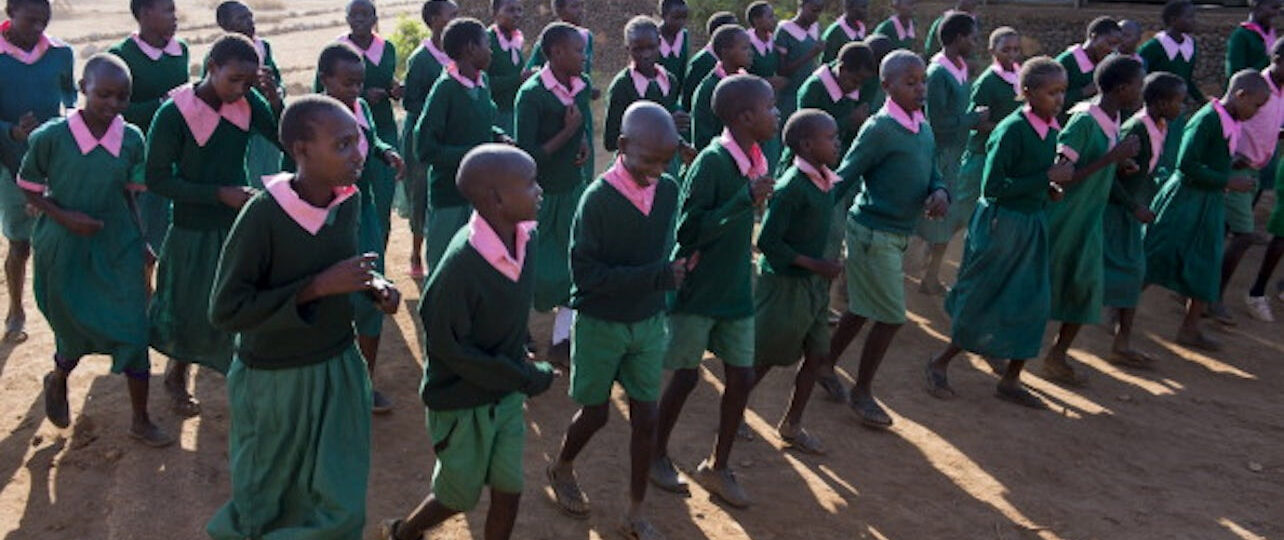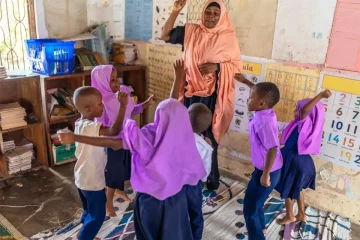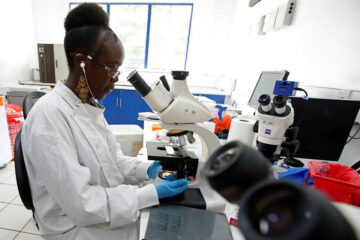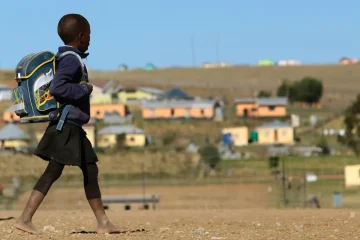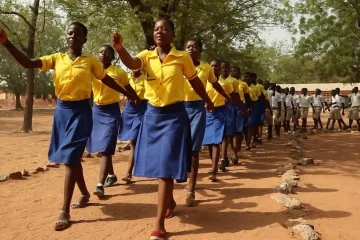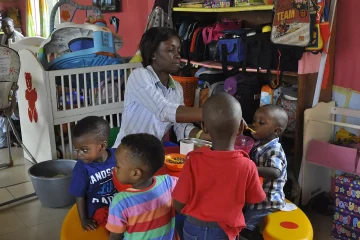[tta_listen_btn listen_text=”Audio” pause_text=”Pause” resume_text=”Resume” replay_text=”Replay”]
PRESIDENT William Ruto’s first budget for Kenya sets no education priorities. The Finance Bill 2023 doesn’t make it clear what Kenya is trying to achieve – stronger foundational learning, technical and vocational skills, or innovation.

This is despite the importance placed on deepening technical capacity to drive economic growth, and education reforms spelt out in the official policy. This also comes against the backdrop of a political campaign promise to “bridge current teacher shortage gap of 116,000 within two financial years”.
The allocation to education in the 2023/24 budget stands at KSh597.2 billion (US$4.59 billion) compared to US$4.19 billion in the previous year, an increase of 10%. This is far above the US$3.52 billion combined allocations for health, agriculture, security and the executive office of the president.
The four main spending areas for education are:
– basic education (primary and secondary);
– technical and vocational training;
– higher education and research;
– and the Teachers’ Service Commission (the national teachers’ employer).
Of these, basic education has received the biggest increase in funds.
But it appears the spending won’t be directed to anything new. As usual, the government will subsidise basic education, provide bursaries and loans to students in tertiary institutions, and pay teachers in public institutions. The budgetary allocations imply that there will be no new initiatives in the next financial year.
As a researcher with more than 20 years of experience in the education sector, I think a failure to allocate more funds for priority initiatives – such as competency-based education and junior secondary schools – will hamper the sector’s resilience (after COVID-19 school closures), stall improvement in learning outcomes and delay Kenya’s capacity for innovation.
Teacher budget
The Teachers’ Service Commission is set to receive 54% of the education budget in 2023/24 (down from 55% in the last fiscal year).
The allocation – mainly to pay salaries – is set to increase by about 8%. The annual inflation rate is 8%.
But the number of teachers will increase by about 3,700. Between 2021 and 2022, the number of primary school teachers declined by about 0.4%, while that of secondary school teachers increased by 4%. So the budget increase won’t make much real difference to teacher pay.
The increase in the number of teachers won’t improve the pupil-teacher ratio (number of pupils for every teacher) either. In regions such as North Eastern Kenya, the ratio is 70 pupils to one teacher. It doesn’t cater for the growing number of pupil enrolments: 245,000 a year.
While the policy’s intent is to increase the number of teachers in support of the quality of education, the Finance Bill 2023 cannot afford this. If the government were to employ an additional 20,000 teachers for primary and secondary schools, over and above replacing teachers who retired or resigned, their pay would account for 60% of the education budget.
Higher education and research
University enrolment grew marginally by 0.16%, from 562,100 to 563,000 last year.
In the 2023/24 budget, public universities and research are allocated 20% of the education budget, the same as in the previous year. The university allocation covers both staff costs and direct programme costs. The National Research Fund and National Commission for Science, Technology and Innovation draw from this budget.
The university education budget has increased by about 7%, mainly to cater for changes in staff pay, enhance student higher education loans and deal with pending bills. This implies a “business as usual” approach for university education.
The budget for research and development (Ksh847 million or US$6.52 million) has declined by almost 20% from the previous financial year, implying the government’s low priority for research and development.
This dims the hopes of fostering a research and innovation-driven economy. There is no country in the world that has ever achieved its social and economic goals without heavy investment in research and development.
The research and development financing gap will likely be filled by NGOs and external partners who, in the absence of strong research co-design mechanisms, will most likely push their own research agenda, not the domestic research priorities defined by ministries.
Mauritius’ spending on research and development stands at 0.37% of GDP while Kenya’s is at 0.01% of GDP.
Basic education
Kenya has 18.2 million children and youth in education and training institutions. Of these, 14.2 million are in primary and secondary schools and 2.9 million in early childhood education.
The non-salary allocation to basic education is 22% of the education budget, the same proportion as the previous year. Basic education’s budget grows by 17% in 2023/24.
This is partly explained by the inclusion of curriculum reforms into this budget. The reforms emphasise the acquisition of competencies and also changed the structure of the education system where learners now spend two years in pre-primary, six in primary, six in secondary schools and three in tertiary institutions.
The budgetary allocation doesn’t reflect the needs created by the COVID-19 school closures, such as addressing the decline in learning and providing resources for foundational literacy and numeracy.
Technical and vocational education and training
Kenya had 580,500 young people in technical and vocational education and training in 2022, representing 11.6% growth over 520,200 in 2021.
This sector is critical because unemployment among youth aged 15 to 24 stands at around 13.4%. The budget for the sector has risen by about 10% compared to the previous financial year. It gets a very small but growing proportion (about 5%) of the education budget.
At this rate, technical institutions will overtake the university budget in future, a deliberate policy. Currently, enrolment in technical institutions in Kenya matches enrolment in universities.
But the Finance Bill 2023 could have done more. Like its predecessors, it has failed to provide for training in the workplace, a move that would make skills more relevant to employers.
What lies ahead
The Finance Bill 2023 provides an indication of where education money is going and it’s clear that the silent budgeting policy was largely to maintain the status quo.
On the positive side, the increments will cushion the system against high prices of goods due to inflation, unpaid bills, staff annual statutory increments and deductions.
On the downside, it will expose the system to learning crises and low productivity in good research and innovation.

